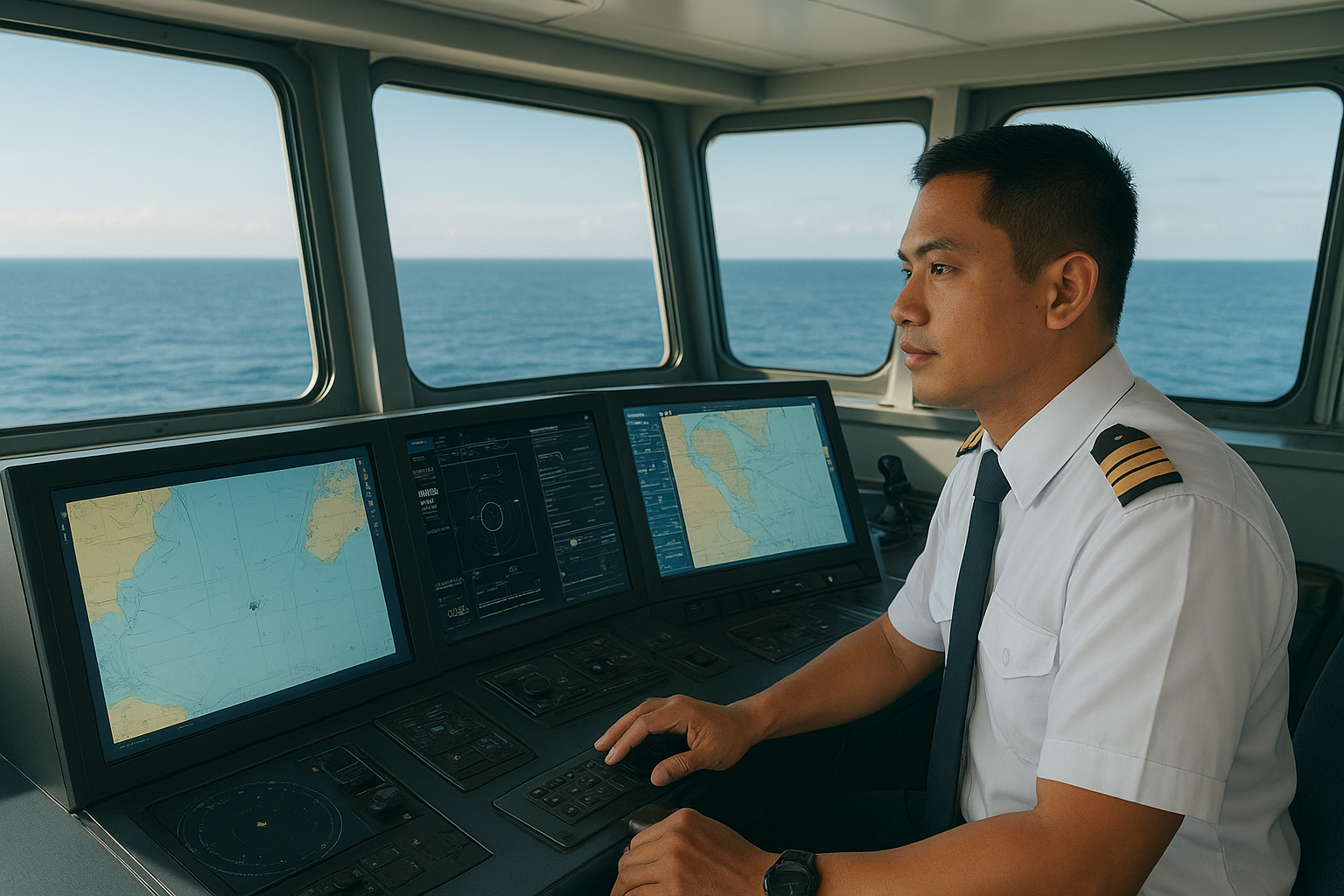
Advanced Navigation Systems: GPS, AIS, and Next-Gen Maritime Navigation
From Stars to Satellites: How Navigation Has Changed
GPS: The Foundation of Modern Navigation
- Calculate Speed and Course: By tracking your position over time, GPS can determine how fast you're moving and in what direction. This is essential for navigation and collision avoidance.
- Provide Time Synchronization: GPS provides incredibly accurate time signals, which are used by many ship systems for coordination and data logging.
- Enable Precise Docking: Modern GPS systems can guide ships to within inches of their intended position, making docking much safer and more efficient.
- Support Autonomous Navigation: GPS is essential for autonomous ships, providing the precise positioning data needed for unmanned navigation.
AIS: The Eyes of the Maritime World
- Collision Avoidance: Ships can see other vessels even when they're not visible on radar, making navigation much safer, especially in busy shipping lanes.
- Traffic Management: Port authorities and coast guards can monitor ship traffic in real-time, helping to prevent congestion and accidents.
- Search and Rescue: If a ship is in distress, AIS can help rescue services locate it quickly and accurately.
- Environmental Monitoring: AIS data can be used to track ship movements and monitor compliance with environmental regulations.
Electronic Chart Display and Information Systems (ECDIS)
- Real-Time Updates: Electronic charts can be updated instantly with new information about hazards, weather, or other changes. This is much faster than waiting for new paper charts to be printed and distributed.
- Integration with Other Systems: ECDIS can display information from GPS, radar, AIS, and other systems all on one screen, giving navigators a complete picture of their situation.
- Automatic Route Planning: The system can automatically plan routes that avoid hazards and optimize for fuel efficiency or time.
- Collision Avoidance: ECDIS can display other ships from AIS data and calculate collision risks, alerting navigators to potential problems.
Radar: Still Essential After All These Years
- Automatic Target Tracking: The system can automatically track multiple targets and predict their movements, making collision avoidance much easier.
- Weather Detection: Modern radar can detect weather patterns and help ships avoid storms or other hazardous conditions.
- Integration with Other Systems: Radar data is integrated with GPS, AIS, and other systems to provide a complete picture of the ship's environment.
- Advanced Signal Processing: New radar systems use advanced signal processing to filter out noise and improve target detection in difficult conditions.
Next-Generation Navigation Technology
Integration and Automation
Challenges and Limitations
The Future of Maritime Navigation
What This Means for Maritime Careers
Frequently Asked Questions
Modern GPS systems can determine a ship's position to within a few meters, even in the middle of the ocean. This is much more accurate than traditional navigation methods and is sufficient for most maritime operations.
Ships have backup navigation systems including radar, AIS, and traditional methods like dead reckoning. Modern ships are designed to continue operating safely even if GPS is unavailable.
Yes, autonomous ships are already being tested and are expected to become more common in the coming years. Current navigation technology is advanced enough to support autonomous operations, though there are still regulatory and safety challenges to overcome.
Conclusion
Share This Article
Related Articles
Continue reading with these related articles

Maritime Robotics: Automated Systems for Ship Maintenance and Operations
Explore maritime robotics and automated systems for ship maintenance and operations. Learn about underwater robots, ship inspection drones, and automated maintenance technology.

Green Shipping Technology: LNG, Hydrogen, and Electric Propulsion Systems
Explore green shipping technology including LNG, hydrogen fuel cells, and electric propulsion systems. Learn how the maritime industry is going green with sustainable fuel alternatives.

Autonomous Ships: The Future of Unmanned Maritime Operations
Explore the future of autonomous ships and unmanned maritime operations. Learn about self-driving vessels, maritime automation, and the technology behind autonomous shipping.

Autonomous Ships: The Future of Unmanned Maritime Transportation
Discover how autonomous ships are revolutionizing maritime transportation. Learn about unmanned vessels, AI navigation systems, and the future of crewless shipping operations.
© 2025 The Salty Mariner. All rights reserved.
